In the fast-paced world of industries and businesses, making sure that products and services meet high-quality standards is super important. That's where quality management solutions come into play. These solutions help companies keep an eye on how well they're doing things and fix any hiccups that might come up.
Now, there's this new kid on the block—smart quality management solutions. They're like the superheroes of quality control, using fancy technologies to ensure everything runs smoothly. But here's the twist: some of these smart solutions use hardware, like actual physical devices, while others rely on software, the digital brains behind the scenes.
In this blog post, we'll explore the world of smart quality management solutions and determine whether using hardware is a better option. We'll break it down into simple terms and explore what these solutions are, why they matter, and whether having real-life hardware is the way to go.
So, buckle up as we examine the smart side of quality management and try to answer the big question—is hardware the secret sauce for better quality? Let's get started!
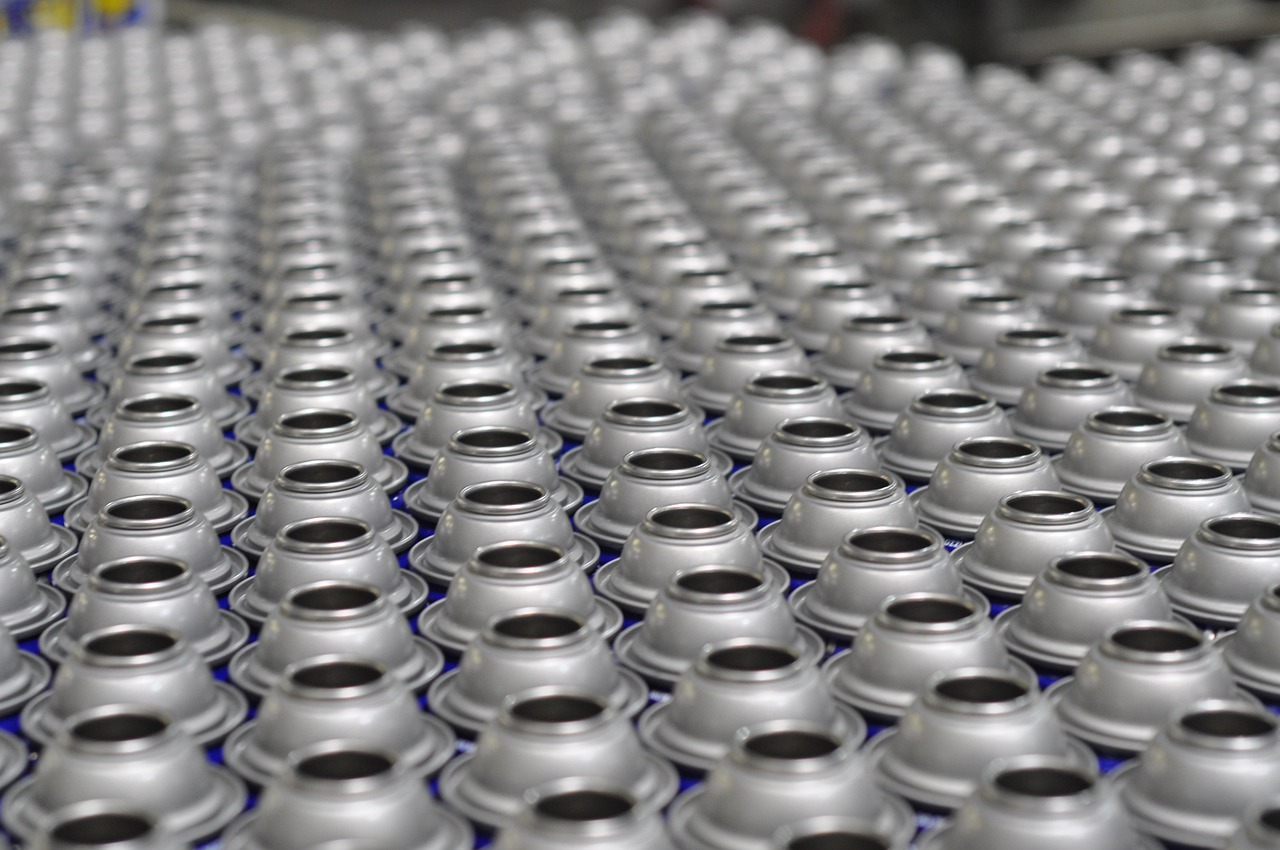
Understanding Smart Quality Management Solutions
Quality management solutions might sound like a bunch of complicated jargon, but let's break it down. Imagine you're baking cookies, and you want every batch to be just perfect. Quality management is like having a magical cookie-checker that ensures each cookie is delicious and free of any weird stuff.
Now, let's talk about the "smart" part. Smart quality management solutions are like superheroes of quality control. They use cool technologies—kind of like having a robot assistant in your cookie kitchen.
Definition and features of smart quality management solutions
Picture this: Smart quality management solutions are a bit like having super-smart helpers who use gadgets to keep an eye on everything. These helpers can do things like checking if the ingredients are just right, making sure the oven is at the perfect temperature, and even alerting you if something seems off.
These solutions are not just about checking things; they can also learn from experience. It's like if your helper notices that the cookies turn out better when you use a certain type of chocolate, they'll remember that for next time.

Benefits of implementing smart solutions in quality management
Why bother with these smart solutions? Well, they bring a lot of benefits to the table. First off, they can catch problems early on, saving you from making a whole batch of bad cookies. They're also super quick, so you don't have to wait around wondering if your cookies will turn out okay.
Think of it like having a superhero sidekick – always watching out for trouble and ready to jump in when needed. Plus, these smart solutions can help you make even better cookies over time by learning from each baking session.
In simple terms, smart quality management solutions are like having a team of superheroes who make sure everything is perfect and gets even better over time. Now that we know what they are, let's figure out if the hardware they use makes a difference.

The Role of Software in Quality Management
Okay, so we talked about these superhero-like smart quality management solutions. Now, let's focus on the brains behind the operation – the software. It's like the computerised wizard guiding our superhero team to make sure everything runs smoothly.
Overview of software-based quality management solutions
Software is like the brain of the smart quality management system. Imagine it as the smart assistant helping the superheroes make decisions. Instead of having physical gadgets, this assistant uses digital tools to keep everything in check.
Say you're baking those cookies again. The software is like the checklist that helps the superheroes remember the best way to mix the ingredients, set the oven temperature, and check for that perfect golden brown colour.
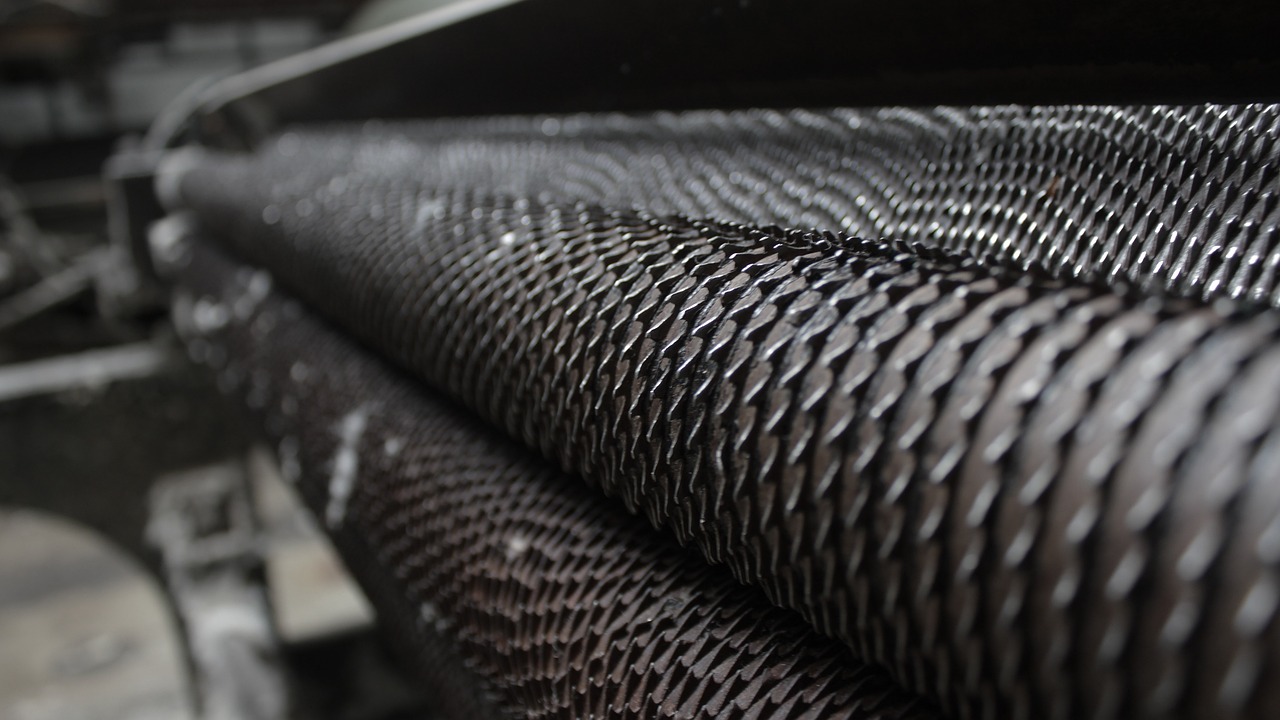
Advantages and limitations of software-only approaches
Now, why go for a software-only approach? Well, it's quick, flexible, and can handle a lot of information at once. It's like having a super-fast thinker on your team who can process tons of data in a blink.
But, and there's always a but, it does have its limits. The software can only do what it's programmed to do. It might miss something if it's not specifically told to look for it. It's like having a superhero who can only tackle certain types of problems.
Integration possibilities with existing systems
The cool thing about software is that it can blend in with what you already have. It's like adding a new member to your superhero team who knows how to work with everyone. If you're already using certain tools or systems in your business, the software can fit right in and make everything even better.
So, the software is like the brainy helper in our superhero team. It thinks fast and is super adaptable, but it does have its limits. Now, let's see if adding some hardware to the mix can make our superhero team even more powerful.

The Hardware Option: Advantages and Considerations
Alright, we've covered the brainy software part of our superhero team. Now, let's talk about the muscles – the hardware. It's like giving our superhero team some cool tools and gadgets to make them even more powerful.
Introduction to hardware-based quality management solutions
Hardware is physical stuff, like machines or devices. In our cookie-making scenario, it's like having actual tools in the kitchen—a high-tech oven, a super-precise measuring scale, or even a sensor that can sniff out the freshest ingredients.
The hardware in quality management solutions is like a hands-on helper. It can touch, feel, and measure things in the real world. For example, when checking the cookies, it might physically scan them to make sure they're just right.
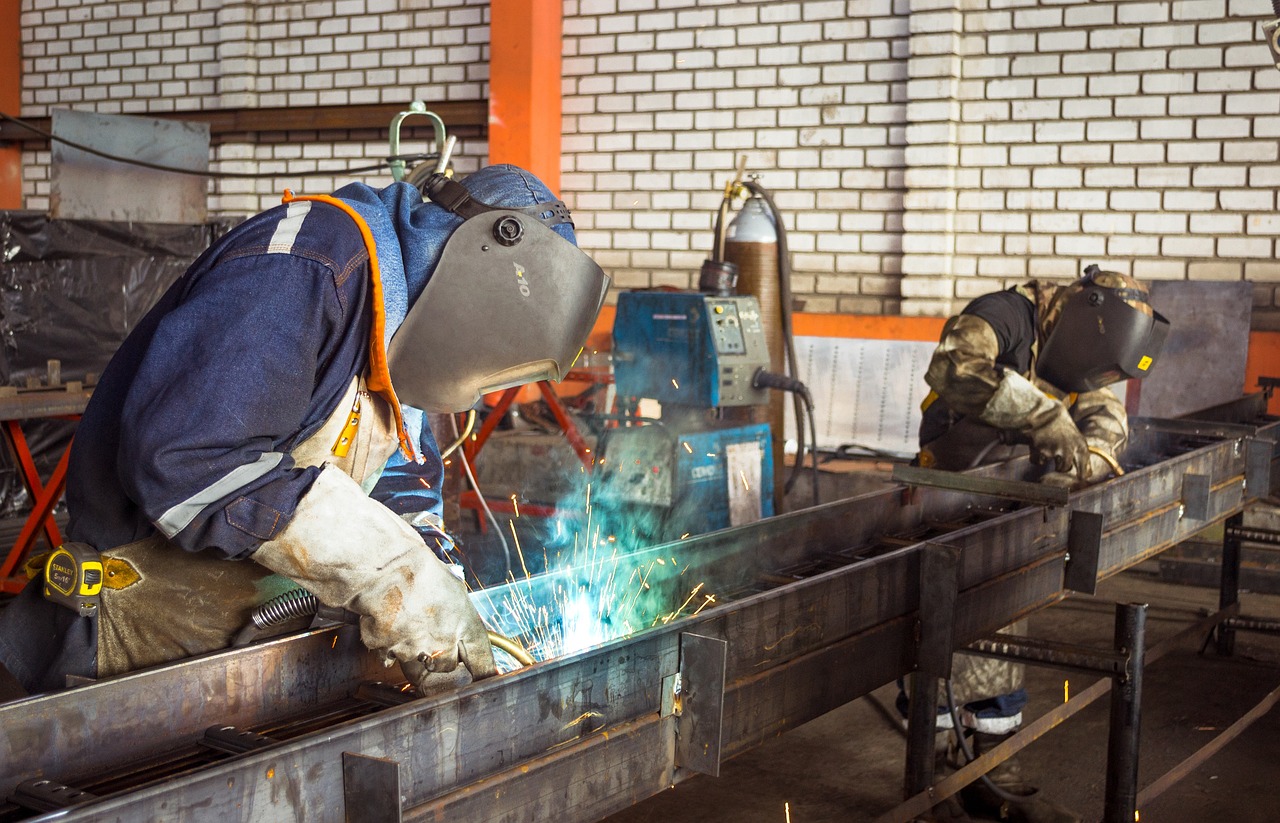
Strengths and advantages of using hardware
Now, why would we want hardware on our superhero team? Well, it brings some serious strengths to the table. First off, hardware can be super accurate. It's like having a superhero with a laser-sharp vision – it doesn't miss a thing.
Also, the hardware is reliable. Once you set it up to do a task, it keeps doing it without getting tired or making mistakes. Imagine having a superhero that never takes a break!
And guess what? Hardware can work in tough conditions. Whether it's super hot or freezing cold, it keeps going. So, it's like having a superhero that can handle any kind of weather.
Potential challenges and considerations when opting for hardware
But, like every superhero, hardware has its challenges, too. It can be expensive to get the top-notch gadgets. It's like having to buy the best superhero gear for your team, and that can cost a pretty penny.
Hardware can also take up space and might need maintenance. It's like having a superhero headquarters—you need to make sure it's clean and organised and all the gadgets are working correctly.
In a nutshell, hardware is like the hands-on, powerful part of our superhero team. It's accurate, reliable, and tough, but it can also be a bit expensive and needs proper care. Now, let's see if combining the brains of software with the brawn of hardware is the winning combo for our quality management superheroes.
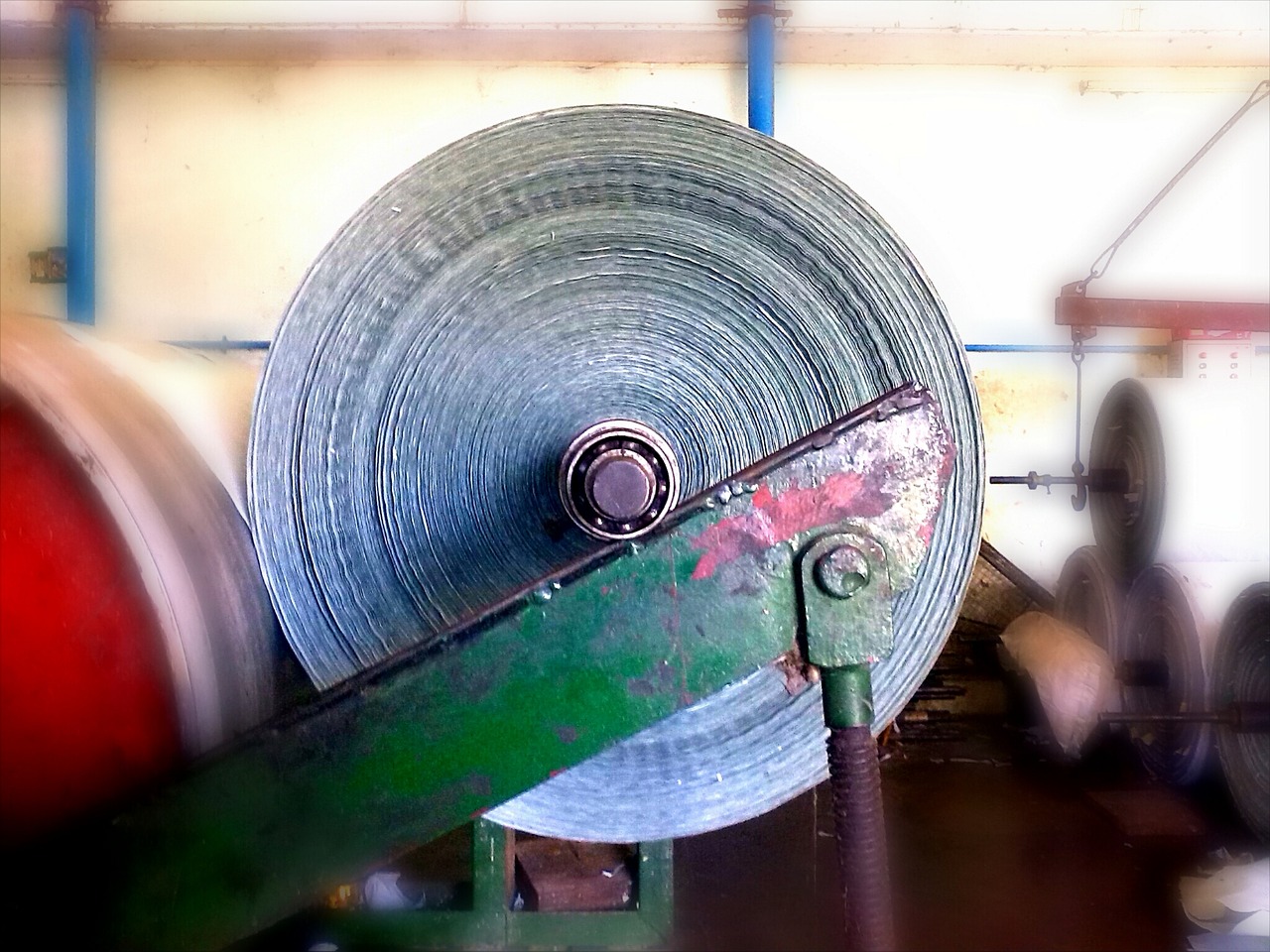
Integration Challenges and Solutions
So, we've got our brainy software and our brawny hardware – but how do we make sure they're all working together like a superhero dream team? That's where integration comes into play. It's like making sure our superheroes talk to each other and share information for the best results.
Addressing potential integration issues with existing systems
Imagine your superhero team is made up of different members with unique skills. Getting them to work together seamlessly can take time and effort. The same goes for software and hardware. If your existing systems aren't used to talking to each other, there might be some hiccups.
It's like making sure the communication lines are open. If the software is talking in one language and the hardware in another, it could lead to misunderstandings. So, we need to figure out a way for them to understand each other and work in harmony.
Strategies for smooth hardware integration into the current workflow
Think of your superhero team as having a new member – the hardware. We want to introduce it in a way that doesn't disrupt the existing flow. It's like making sure our new superhero knows the team's tactics and fits right in.
One strategy is to start small. Introduce the hardware in a specific area or task, let it get familiar with the team, and then gradually expand. It's like having a new superhero train with the team on simpler missions before tackling the big challenges.
Also, having clear communication is key. Let the software and hardware know what they need to share and when. It's like giving your superheroes a plan so they know who does what and when.
Compatibility considerations for long-term scalability
Now, we don't want our superhero team to become outdated, right? The same goes for our software and hardware. As your business grows, you want your quality management solution to evolve with it.
Think of it like giving your superhero team regular upgrades. You want the latest and greatest gear to face new challenges. So, when choosing software and hardware, consider how well they can adapt and grow as your business expands. It's like making sure your superhero team is always ready for the next big mission.
In summary, integration is like making sure our superheroes work together seamlessly. We address language barriers, introduce new members strategically, and plan for the long term. Now, with our dream team ready, let's dive into the money talk and see if our superheroes are worth the investment.
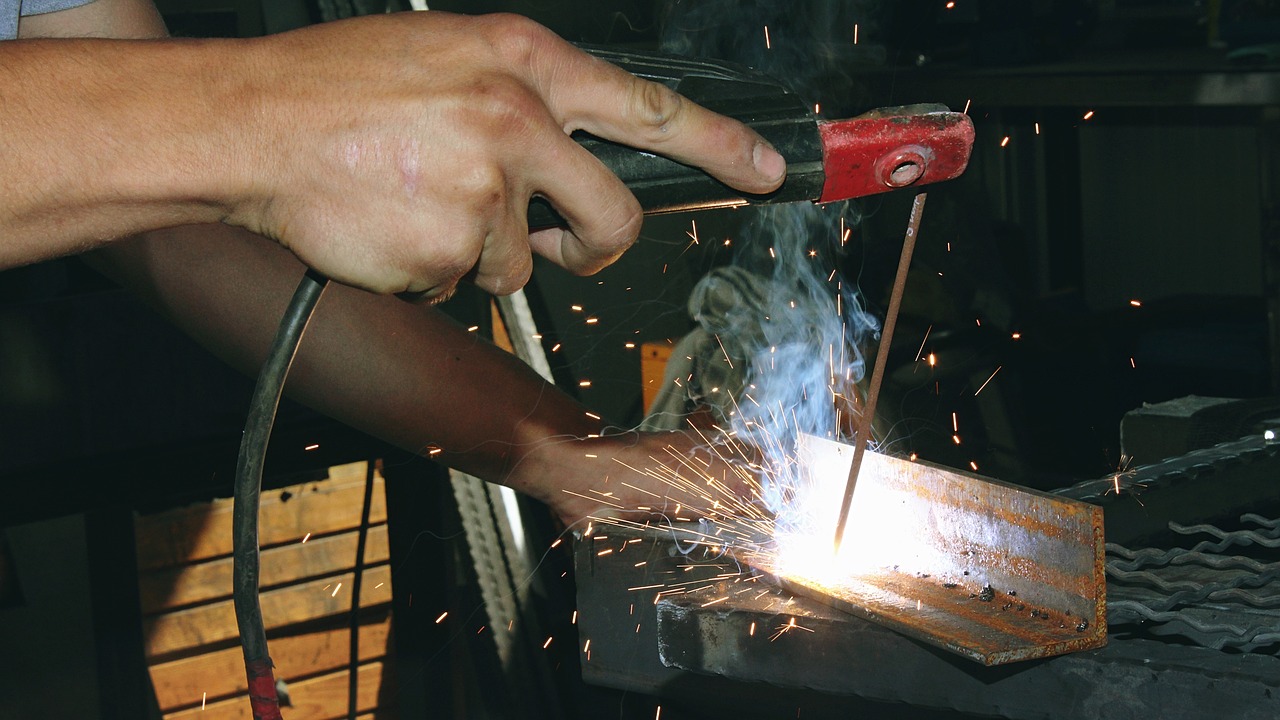
Cost Analysis: Hardware vs. Software
All right, superheroes are cool, but they need resources, and in our case, that means money. Let's examine our software and hardware superheroes financially to see which one gives us more bang for our buck.
Comparative analysis of the upfront and ongoing costs of hardware and software solutions
Picture this: You're about to buy a cool superhero gadget. The hardware, like a super-precise cookie scanner, might have a higher upfront cost. It's like investing in top-quality gear that lasts.
On the other hand, the software, our brainy assistant, might have a lower initial cost. It's like getting a digital helper that's ready to work without needing a lot of physical stuff.
But wait, there's more. Hardware might need maintenance, like giving your superhero gadgets regular check-ups. Software, however, tends to have lower ongoing costs. It's like having a superhero that doesn't demand too much attention and keeps doing their job without extra fuss.
Evaluating the return on investment for both options
Now, let's talk about return on investment (ROI). It's like asking, "Is our superhero team making us more money than we spent on them?"
If the hardware helps you catch problems early, avoid mistakes, and make better products, that's a win. It's like having a superhero team that saves you from making bad batches of cookies and keeps your customers happy. On the other hand, if the software helps you process information quickly, adapt to changes, and work efficiently, that's also a win.
So, think of it like this: the more benefits you get from your superhero team, the better the return on your investment. Whether it's from the accuracy of hardware or the adaptability of software, you want your superhero team to bring in more value than what you spent on them.
Long-term cost considerations and sustainability
Let's look to the future now. A good superhero team stands the test of time. It's like having superheroes that don't retire after one mission but keep saving the day.
Consider the long-term costs of both hardware and software. Will the hardware remain top-notch, or will you need to upgrade it often? Is the software easily adaptable to future changes, or will it become outdated quickly?
It's like choosing superheroes that age like fine wine, getting better with time. So, when picking between hardware and software, think about the long game – who will still be saving the day for your business in the years to come?
In conclusion, our superhero team comes with costs, and we need to decide if we want high upfront investments with durable gadgets or lower initial costs with a digital brain. It's all about finding the superhero team that gives you the most value for your money. Now, let's peek into the crystal ball and see where our quality management superheroes are headed in the future.
Future Trends in Smart Quality Management
Alright, let's put on our futuristic glasses and take a peek at what's coming next for our quality management superheroes. The world is always changing, and our superheroes need to stay ahead of the game.
Emerging technologies shaping the future of quality management
Imagine our superhero team getting some cool upgrades. That's what's happening in quality management – new technologies are joining the party. Things like artificial intelligence (AI), machine learning, and the Internet of Things (IoT) are becoming the superheroes' new gadgets.
AI is like giving our superhero team super-smart brains, helping them analyse data faster and make better decisions. Machine learning is like having superheroes that learn from every mission, becoming even more efficient over time.
And then there's the Internet of Things – it's like connecting our superhero team to the digital world. Sensors and devices communicate with each other, making sure everything is in sync. It's like having superheroes that always know what's happening, no matter where they are.
Predictions for the evolution of hardware and software solutions
Now, what about our trusty hardware and software superheroes? They're not sitting on the sidelines – they're evolving too.
Hardware might become even more precise and durable. It's like our superhero gadgets becoming supercharged, able to handle even tougher challenges. As technology advances, costs might go down, making top-notch hardware more accessible.
As for software, it's likely to become even smarter and adaptable. Imagine our brainy assistant becoming a genius, capable of handling more complex tasks and making split-second decisions. Plus, user-friendly interfaces might make it easier for everyone in the superhero team to work together seamlessly.
Recommendations for staying ahead in the rapidly changing landscape
In this ever-changing world, you want a superhero team that's always one step ahead. It's like having superheroes that predict the bad stuff before it happens.
So, how do you stay ahead? Keep an eye on new technologies. If there's a shiny new gadget that can help your superhero team, consider giving it a try. Stay flexible – be ready to adapt to changes and embrace new ways of doing things.
Also, I want to connect with other businesses and share superhero stories. Learning from each other's experiences is like having a superhero alliance – you all get stronger together.
In the end, the future of quality management is exciting. Our superheroes are gearing up with the latest tech, getting smarter and more efficient. So, as you choose between hardware and software, think about the superhero team that can ride the wave of future trends and keep your business thriving. Now, let's wrap up our superhero journey and encourage some quality management superhero dialogue!
Conclusion
So, we've taken a wild ride through the world of quality management superheroes – the brainy software, the sturdy hardware, and the futuristic tech upgrades. Now, let's wrap it up like a bow on a present.
Summarising key points
First, we encountered brainy software, our digital assistant, which processes information at lightning speed. Then, we shook hands with the bulky hardware, our physical gadgets, which are accurate and reliable but need more care.
We explored how these superheroes can work together, like a dream team. We tackled integration challenges, making sure they communicate and understand each other. We counted the dollars, analysing costs and returns to see if our superhero team was a worthwhile investment.
And let's not forget the crystal ball moment—peeking into the future. We saw emerging technologies giving our superheroes even cooler tools and talked about how our heroes—both hardware and software—are evolving.
Providing insights for decision-makers in choosing the right solution
Now, here's the scoop for decision-makers: it all boils down to what fits your business needs. If you need accuracy and reliability and are okay with more upfront cost and care, hardware is your go-to superhero. On the flip side, if you want adaptability, lower initial costs, and a superhero that doesn't demand too much attention, then software might be your hero of choice.
Remember, it's not just about today; it's about the long run. Choose the superhero team that can handle the future twists and turns of your business.
Encouraging a holistic approach to quality management
In the end, quality management isn't just about having one superhero – it's about the whole team. It's the brainy and the brawny working hand in hand, learning from each other and staying ahead with the latest tech trends.
So, whether you're team hardware or team software, or maybe a bit of both, it's about finding the superhero team that makes your business the superhero of quality. Now, let's open the floor for some quality management superhero talk – share your experiences, learn from others, and together, let's make sure our businesses thrive in this ever-evolving world of quality management!

 Let's dive right into how Iwoscan can reshape your manufacturing pipeline
Let's dive right into how Iwoscan can reshape your manufacturing pipeline
Comments
No comments yet!Add a Comment
You must be logged in to post a comment.